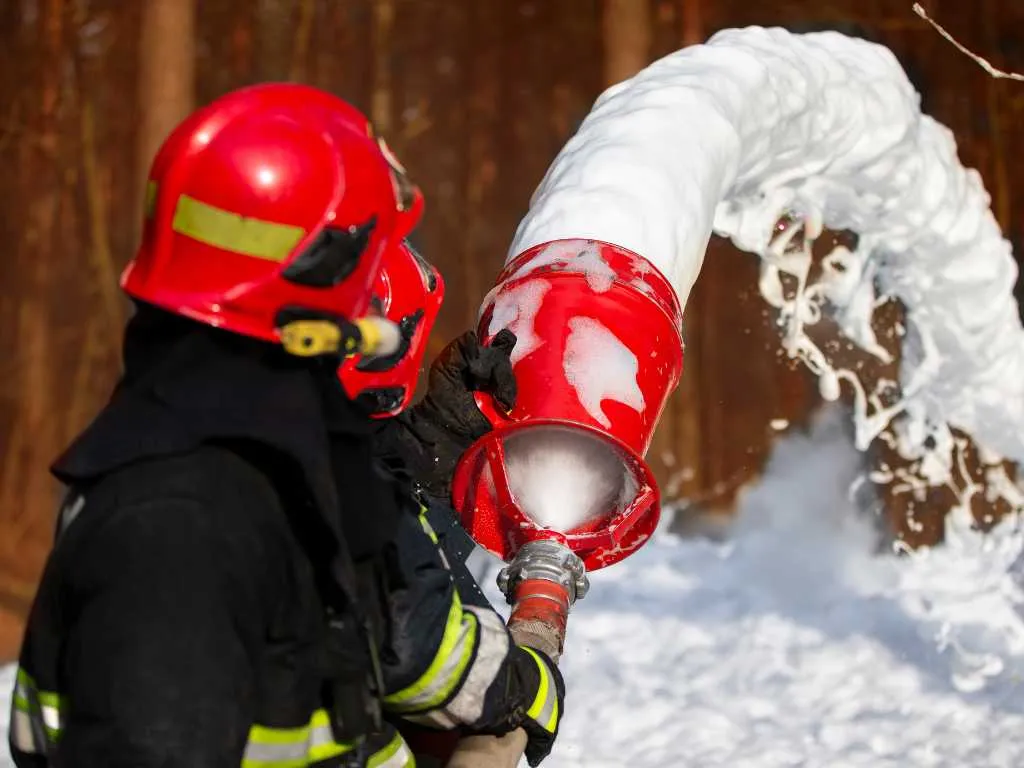News Details

ECHA committee supports gradual ban on PFASs in firefighting foams.
On 22 June 2023, the European Chemistry Agency (ECHA) announced that its Committee for Socio-Economic Analysis (SEAC) supports the gradual ban on per- and polyfluoroalkyl substances (PFASs) in firefighting foams proposed by ECHA in February 2022. The restriction could reduce the emission of PFAS into the environment by approximately 13 200 tonnes over a period of 30 years.
The REACH Annex XV restriction dossier for an EU-wide restriction on all PFASs in firefighting foams was proposed by ECHA on 27 February 2022. The aim of the restriction is to prevent further contamination of groundwater and soil as well as health risks for humans and the environment. All PFASs, or their breakdown products, are very persistent and some are known to harm human health or the environment. The combination of persistence and the potential to cause harm means that it is important to minimise further releases of these substances to reduce the likelihood of, potentially irreversible, harm in the future.
The restriction dossier sets a concentration threshold of 1 ppm for remaining PFAS-contamination in firefighting foam systems. Furthermore, the dossier gives sector-specific transition periods that allow time to replace PFAS-containing foams without compromising fire safety.
On 23 March 2023 ECHA’s Committee for Risk Assessment (RAC) published their support of the restriction dossier. The RAC concluded that there is an EU-wide risk for humans and the environment from the use of PFASs in firefighting foams since 470 tonnes of PFAS is released into the environment each year. The RAC stated that the proposed restriction would effectively reduce emissions and the associated risks posed by these persistent substances.
In its opinion published on 22 June the SEAC considers that the proposed restriction on the placing on the market, use and formulation of PFAS in firefighting foams is the most appropriate EU-wide measure to address the identified risks. These conclusions follow the opinion of the RAC mentioned above. However, the SEAC suggests:
-
that a review of available fluorine-free alternatives for sites that produce, treat or store dangerous substances (covered by the Seveso Directive) and those neighbouring them is carried out before the end of the 10-year transition period.
-
that a review is needed for uses at offshore installations in the oil and gas industry, where SEAC is recommending lengthening the transition period from five to 10 years. The committee considers the reviews important to maintain safety where fires may have high impacts on the environment and human health.
-
that the transition periods for uses in civilian shipping are lengthened from three to five years and the transition period for placing certain types of portable fire extinguishers on the market from lengthened from 6 to 18 months. This is to ensure that technically suitable fluorine-free alternatives are available when the transition periods end.
The next step for the PFAS restriction dossier requires that ECHA combines the opinions of RAC and SEAC into one for publication and submits the opinion and the restriction proposal to the European Commission. The Commission will then decide whether a restriction is necessary. If that is the case the Commission will make a proposal to amend the list of restrictions of the REACH regulation (Annex XVII). The proposal will be voted on by the EU Member States in the REACH Committee and scrutinised by the European Parliament and Council before adoption into law.
We acknowledge that the above information has been compiled from ECHA.


